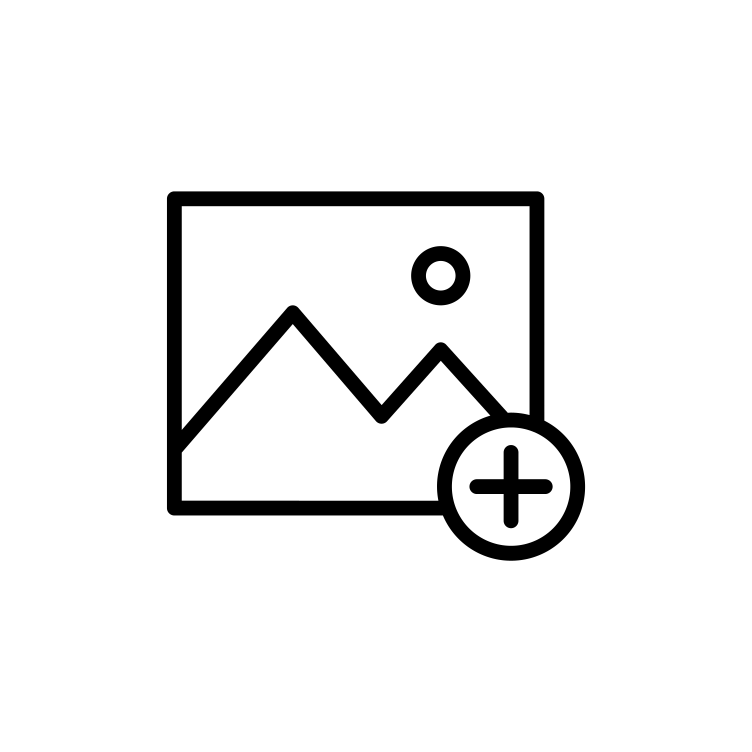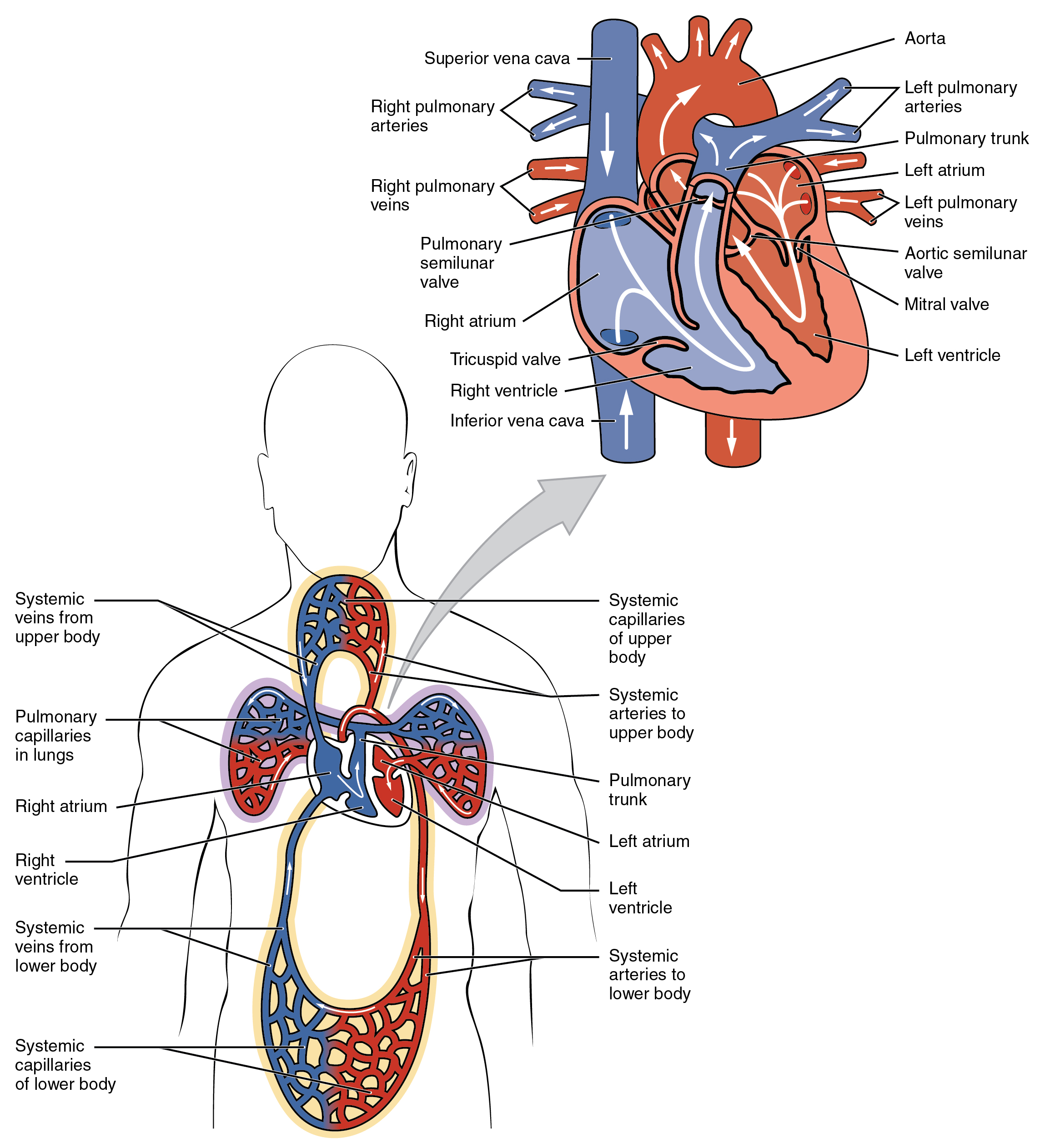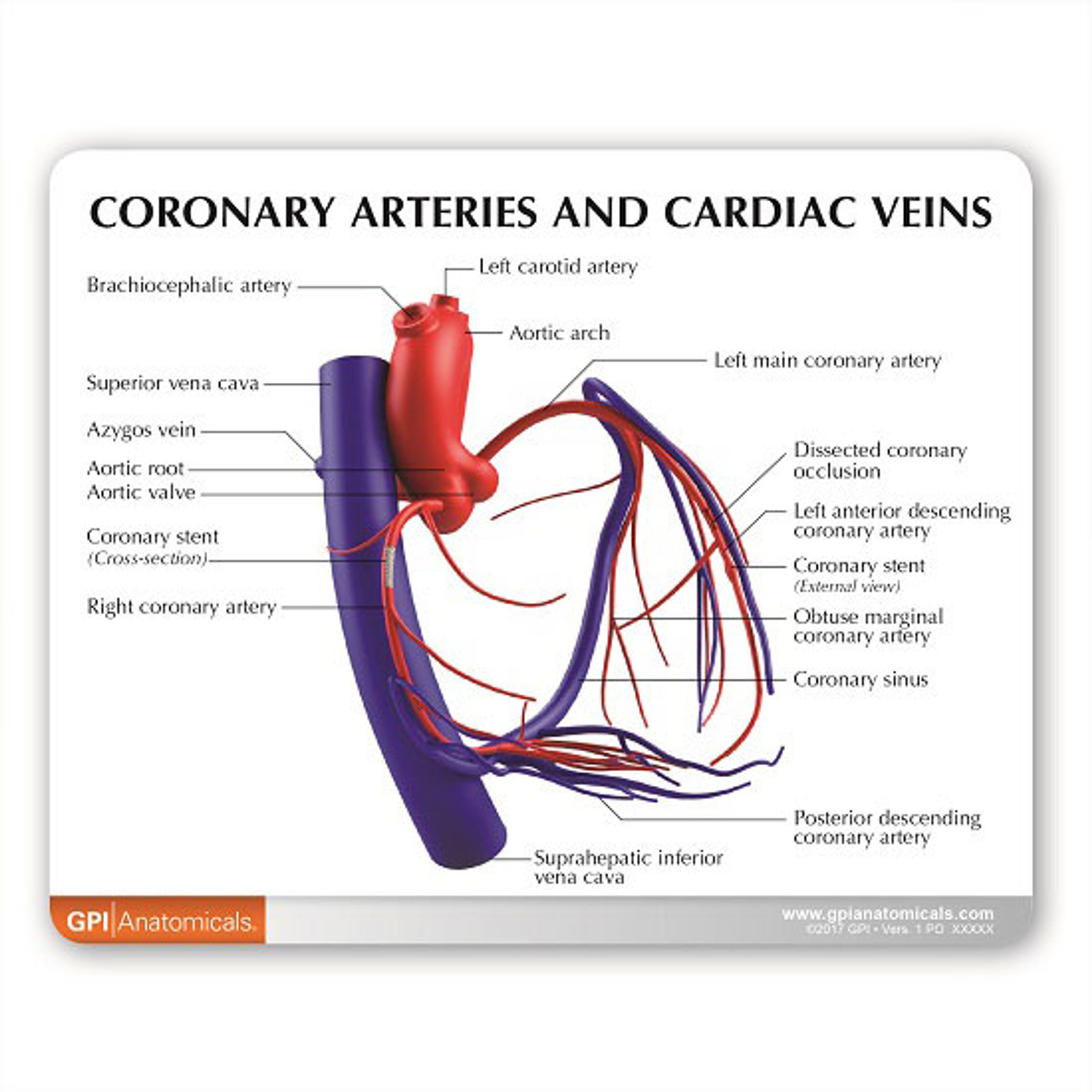Heart And Circulation Presentation
| Introduction to Heart and Circulation | ||
|---|---|---|
| The heart is a vital organ responsible for pumping blood throughout the body. The circulatory system consists of the heart, blood vessels, and blood. Blood carries oxygen, nutrients, hormones, and waste products to and from cells. | ||
| 1 | ||
| Structure of the Heart | ||
|---|---|---|
| The heart is a muscular organ located in the chest cavity. It is divided into four chambers: two atria and two ventricles. The heart is surrounded by a protective sac called the pericardium. | ||
| 2 | ||
| Blood Flow through the Heart | ||
|---|---|---|
| Deoxygenated blood enters the right atrium from the body through the superior and inferior vena cava. Blood flows from the right atrium to the right ventricle through the tricuspid valve. Oxygenated blood enters the left atrium from the lungs through the pulmonary veins. | ||
| 3 | ||
| Heart Valves | ||
|---|---|---|
| The heart has four valves: tricuspid, pulmonary, mitral (bicuspid), and aortic. Valves ensure one-way blood flow and prevent backflow. Valve disorders can lead to conditions like stenosis or regurgitation. | ||
| 4 | ||
| The Cardiac Cycle | ||
|---|---|---|
| The cardiac cycle consists of systole (contraction) and diastole (relaxation) phases. During systole, the ventricles contract, and blood is pumped out of the heart. During diastole, the heart relaxes, and chambers fill with blood. | ||
| 5 | ||
| Coronary Circulation | ||
|---|---|---|
| Coronary arteries supply the heart muscle with oxygen and nutrients. Coronary veins collect deoxygenated blood and drain it into the right atrium. Blockage of coronary arteries can lead to a heart attack. | ||
| 6 | ||
| Systemic Circulation | ||
|---|---|---|
| Systemic circulation carries oxygenated blood from the heart to the body tissues. Arteries carry blood away from the heart, while veins return blood to the heart. Capillaries are tiny blood vessels where oxygen and nutrients are exchanged with tissues. | ||
| 7 | ||
| Pulmonary Circulation | ||
|---|---|---|
| Pulmonary circulation carries deoxygenated blood from the heart to the lungs. The pulmonary artery takes blood from the right ventricle to the lungs. Oxygen is exchanged for carbon dioxide in the lungs, and oxygenated blood returns to the heart through the pulmonary veins. | ||
| 8 | ||
| Blood Pressure | ||
|---|---|---|
| Blood pressure is the force exerted by blood against the walls of blood vessels. It is measured using two values: systolic pressure over diastolic pressure. High blood pressure (hypertension) can lead to heart disease and other complications. | ||
| 9 | ||
| Maintaining Heart Health | ||
|---|---|---|
| Regular exercise, a balanced diet, and maintaining a healthy weight promote heart health. Avoiding smoking and excessive alcohol consumption reduces the risk of heart disease. Regular check-ups, managing stress, and getting enough sleep are also essential for maintaining a healthy heart. | ||
| 10 | ||
| References (download PPTX file for details) | ||
|---|---|---|
| American Heart Association. (n.d.). Circulato... National Heart, Lung, and Blood Institute. (n... Mayo Clinic. (2021). Blood pressure: What's n... |  | |
| 11 | ||









